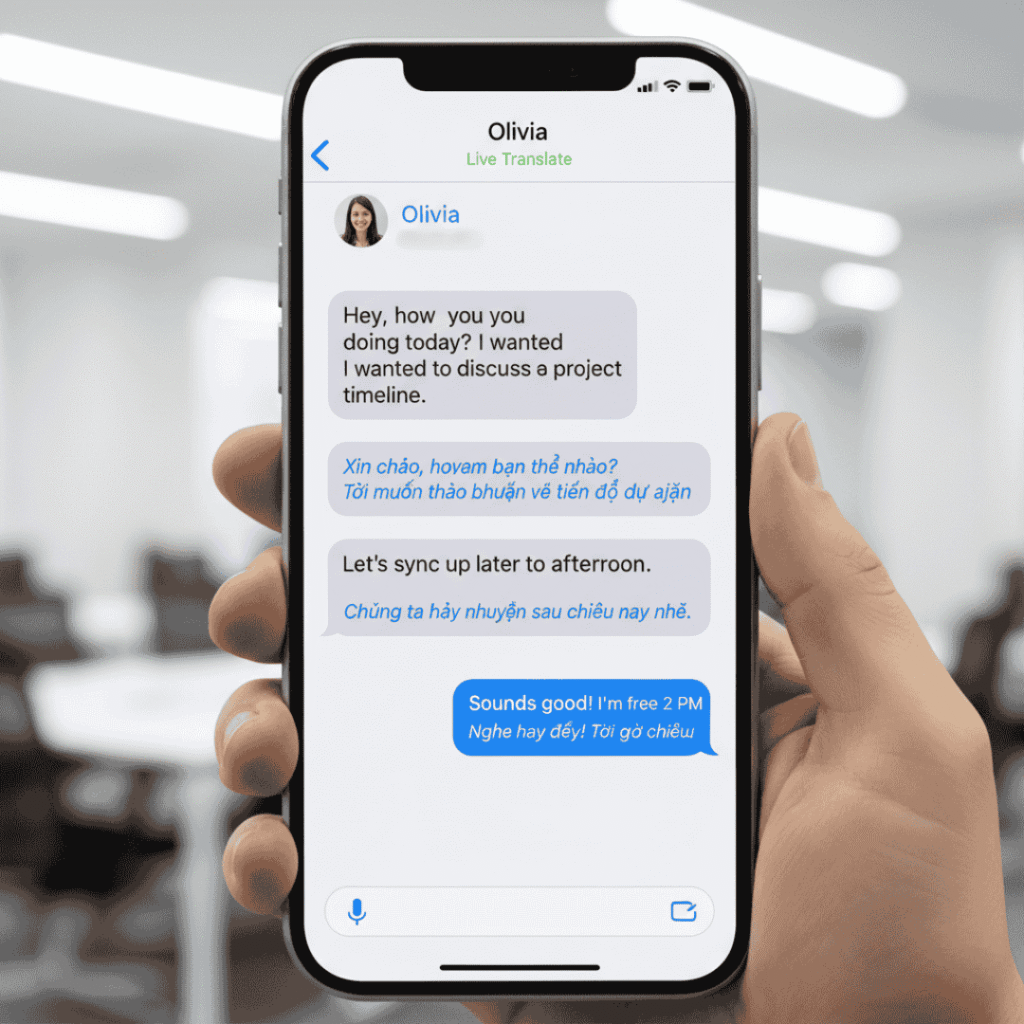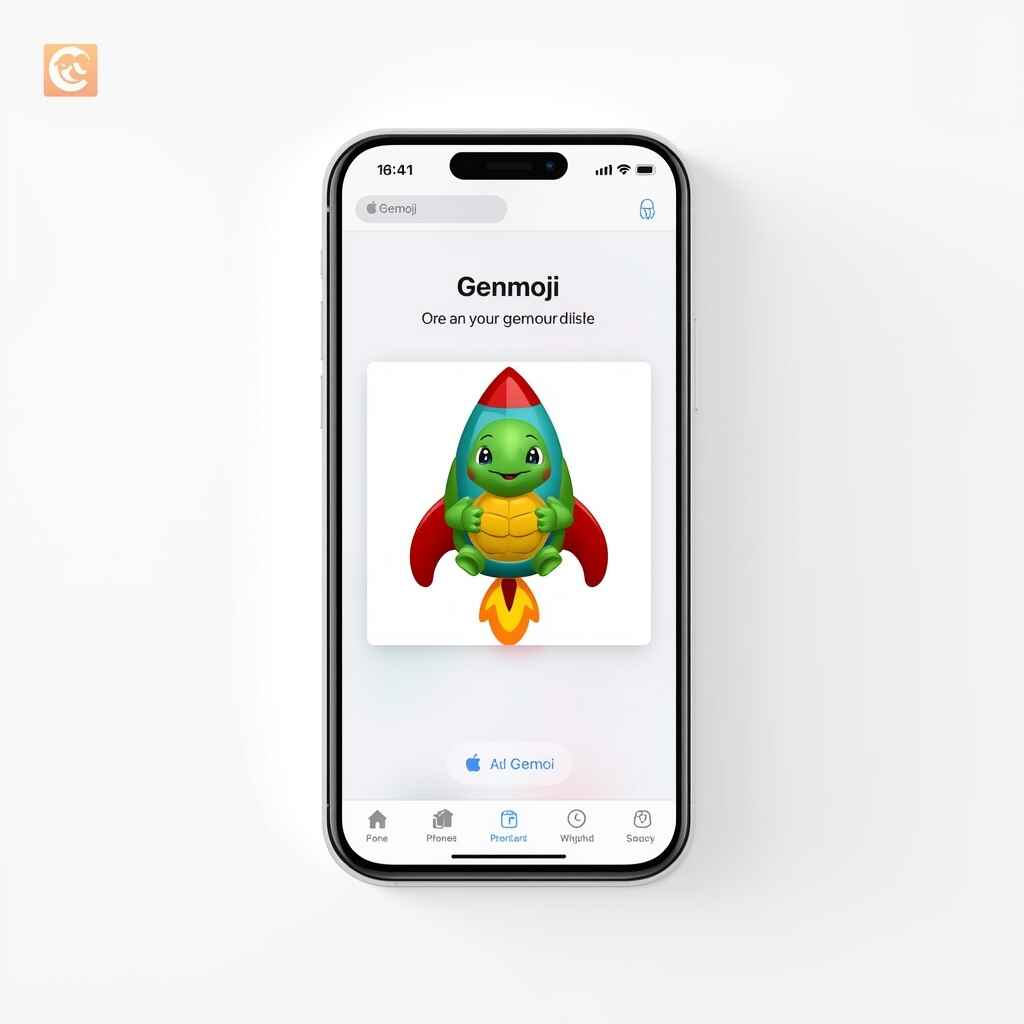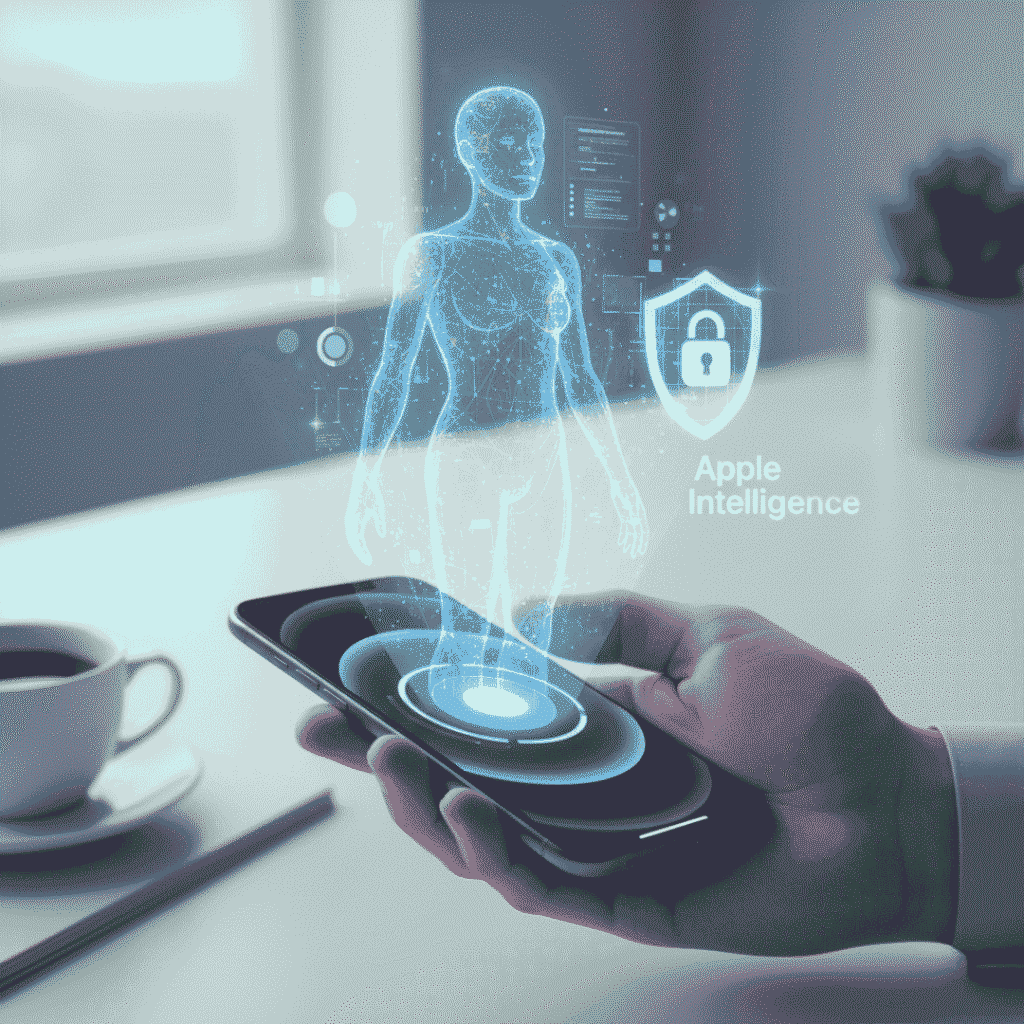If someone had in 2023 asked if Apple would be able to catch up with AI, most analysts would have probably laughed their heads off. Google and OpenAI were the ones who were grabbing all the attention and making the headlines, and on the other hand, the development of Siri seemed like it was at a standstill for a long time. But if we jump to a date in September 2025, the situation is completely reversed. An analysis conducted by Morgan Stanley points out that around 80% of the total number of iPhone users in the U.S. who meet the eligibility criteria have experimented with Apple Intelligence, and about 42% say it is the main reason for the choice of their next iPhone. These are phenomenal rates of adoption for capabilities that were not even on the table two years ago.
What changed then? It wasn’t that Apple tried to get more hype than its competitors. On the contrary, it banked more on what it was already great at: the seamless and privacy-first designed integration of the hardware and software. Just this month Apple released the iOS 26.1 update, which has made Apple Intelligence a global platform rather than a U.S.-only pilot. It is currently a 24-language speaker; virtually every geographical area is its domain, and it is very comprehensively present in the applications and workflows that iPhone users make use of daily. Any doubting Thomas of Apple’s AI ambition will be found in September 2025, the turning point when it becomes a fact.
The Global Expansion Revolution
Breaking the Language Barrier
The headline feature of iOS 26.1 is simple but game-changing: eight new languages. Danish, Dutch, Norwegian, Portuguese (Portugal), Swedish, Turkish, Traditional Chinese, and Vietnamese now join the roster, bringing total Apple Intelligence language support to 24. This isn’t just about Siri responding in your language—it’s about system-wide support. Features like Smart Reply, Writing Tools, and Genmoji now feel native whether you’re in Stockholm, Hanoi, or Lisbon.

Even better, Apple’s Live Translation has matured into a full-blown communication bridge. Messages, FaceTime, and even regular phone calls can now display real-time translated captions. Pair your AirPods, and you can use them as in-ear translators during an in-person conversation. The iPhone isn’t just a smartphone anymore—it’s a universal translator.
A Worldwide Rollout
Until recently, Apple Intelligence had frustrating blind spots. EU users were stuck waiting because of regulatory delays, and markets like India and Singapore only had partial support. That changes this fall. Apple has finally cleared regulatory hurdles in Europe and broadened English-language support in Asia. The result? Whether you’re in Berlin, Bangalore, or Boston, you now have access to the same AI-powered iPhone experience.
Features That Are Redefining the iPhone
Visual Intelligence Gets Smarter
Visual Intelligence is perhaps the most futuristic update. Take a screenshot of a recipe, and you can ask the iPhone to summarize the ingredients. Snap a picture of a chair in a café, and Apple Intelligence can identify it and link you to listings on Google or Etsy. With ChatGPT integration layered in, the iPhone has become an everyday “what’s this?” tool—whether it’s objects, text, or context.

Communication Reinvented
Language isn’t the only communication upgrade. Smart Reply now goes beyond generic one-liners, suggesting nuanced responses in Mail and Messages. Call screening can fend off spam by forcing unknown numbers to state their purpose before ringing through. Notifications get smarter too, with Priority Notifications highlighting urgent updates and quietly bundling the noise. Together, these features make your phone feel less overwhelming and more useful.
A Creative Playground in Your Pocket
On the fun side, Apple has doubled down on creative expression. Genmoji lets you mash up emojis into new creations (think rocket-turtle 🐢🚀), while the Image Playground generates art in styles ranging from watercolor to futuristic neon. Writers get a boost too:Apple’s tone-shifting Writing Tools can turn a clumsy email into something professional or friendly in seconds. And for photographers, the Clean-Up tool makes removing distractions from photos as easy as a tap.

The Developer Revolution
Apple didn’t stop at consumer features—it opened the door for developers. With the Foundation Models Framework, third-party apps can now tap directly into Apple’s on-device AI models. Apps like Streaks use it to auto-categorize tasks, CARROT Weather lets you chat with a sarcastic AI forecast, and video editors like Detail can script entire scenes without needing cloud servers.
And then there’s Shortcuts. Apple Intelligence now powers automation, meaning you can build workflows that summarize PDFs, clean up images, or even translate text as part of a single tap. For power users, this is where the real magic lies: complex automation with AI baked in, all while keeping your data private.
Adoption and Market Impact
The numbers speak for themselves. 80% of eligible iPhone owners in the U.S. have tried Apple Intelligence, and nearly half say it’ll influence their next upgrade. Many say they’d even pay extra—about $9 a month on average—for premium AI features. Meanwhile, iOS 18 (the backbone of Apple Intelligence) is already running on 68% of all iPhones and 76% of recent models.
On Wall Street, the story is mixed. Apple stock is still lagging behind AI darlings like Nvidia and Microsoft, down about 5% this year. Critics argue Apple was late to the AI race. But adoption numbers suggest the company’s slow-and-steady approach is paying off. Users aren’t just curious—they’re actually using these features every day.
Privacy-First AI

One thing Apple has been consistent about is privacy. Most Apple Intelligence features run directly on your iPhone’s Neural Engine. When tasks are too heavy, they’re sent to Private Cloud Compute, where requests are processed without storing or selling your data. Unlike many rivals, Apple isn’t using your chats, emails, or photos to train its models. That trade-off—cutting-edge AI without giving up privacy—is a big reason adoption has been so quick.
Looking Ahead
The big rumor? A completely rebuilt Siri, codenamed “Veritas,” is in internal testing. Think ChatGPT with memory and context awareness, launching alongside the iPhone 18 in 2026. Combine that with Apple’s A19 Pro chip, which adds neural accelerators into every GPU core, and the iPhone’s AI potential is only going to grow. The groundwork laid in 2025 is just the beginning.
Everyday Impact
What does all this mean in our everyday life? It basically means that your iPhone has the possibility of being your exercise companion who motivates and encourages you all through your workouts and runs. It means that accessibility features that include live captions and adaptive battery management have become more intelligent and efficient. It means that your Mail app is able to pick and highlight the most important things for you, while Photos is silently arranging your pictures into the highlights of your life. Simply put, your iPhone is not just a device but a companion.
The AI-Powered iPhone Era
September 2025 marks the point where Apple Intelligence stopped being an experiment and became part of everyday life. The iPhone is no longer just a powerful device in your pocket—it’s a proactive assistant that translates, organizes, creates, and protects your data while doing it.
For Apple, this is more than catching up in the AI race; it’s about setting a standard for what AI on a smartphone should look like. And for iPhone users worldwide, the message is simple: if you haven’t tried Apple Intelligence yet, now’s the time.












